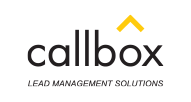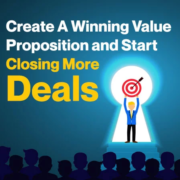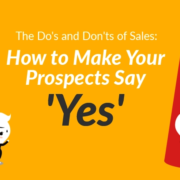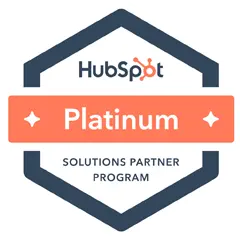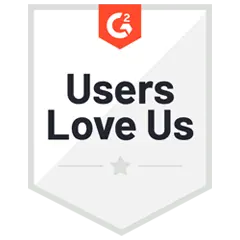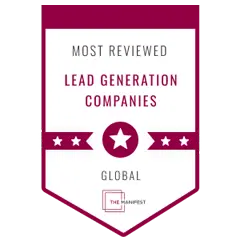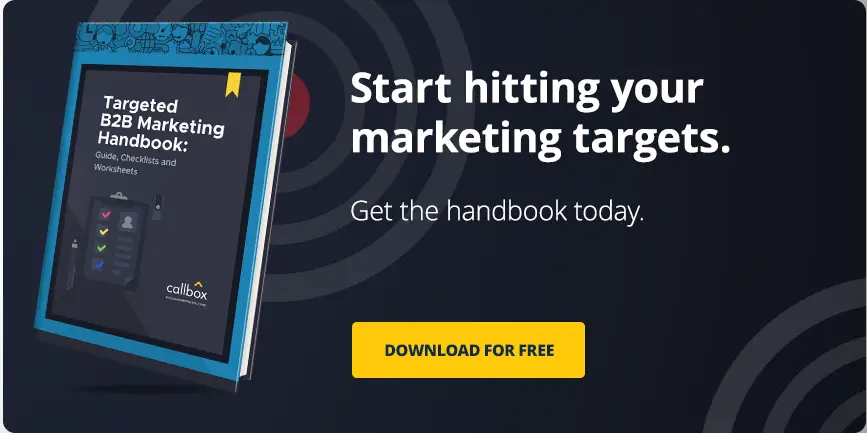Create a Winning Value Proposition and Start Closing More Deals
It’s a marketing statement, not a simple one, but something that convinces potential customers that a certain product or service will add value to resolve a problem. Companies create these value statements to make their target market aware of the difference they offer from competitors.
Here are some tips:
Identify your audience
Even if you put in much effort and time coming up with a killer product, but targeting the wrong audience, all these will just go to waste. So, get to know who has the need for your product, the one who would benefit from it.
- Narrow down your focus on which specific effort should you prioritize and determine what are the needs that your product could fulfill. Who is likely to use your product. To answer such question you need to have to profile your target audience according to age, buying power, geographical location, and marital status.
- Utilize a market selection process through filters like gender and age range. As you narrow down these filters you will eventually arrive into a specific date that will bring you to the interest of your target audience.
Related: 13 Reasons Why You Should use Data Profiling and Get Accurate IT Contacts
Connect with your audience
You need to establish a relationship between your product and your audience. It may not be an easy task to know your prospects to the core, and sometimes it may have to take things on a personal level, but that is a requisite on getting your audience behind you.
- Open yourself up and let people in. This will create a bond between you and your audience. A good example would be a be product launched. Listen to your audience, converse with them using various channels and acknowledge their feedback.
- Engage your audience in many different ways. A conversation, a video, a blog, leverage on every channel available just to get your audience within your circle.
Related: Implementing a Successful Multi-channel Survey Campaign
Know well your competitors
You just don’t join in a race without looking at your opponent’s face, who they are, their body built, how tall they are and how good their tools maybe.
- Wars don’t just happen by impulse. Warriors convene and plan both the attack and the defense, and knowing your enemies well will give you a comprehensive idea on how, when and where to beat them. Engage your competitors.
- But before you can engage the enemy, know yourself well first – identify your strength, your weaknesses, how you may make adjustments in order to get into the frontline, your foundation and your chain of command. Once you know yourself, you are ready for the battle.
Related: Warning: Don’t let Your Market Competitors Eat you Alive
What difference does your product make
You can’t just copy what your competitors offer, instead create something that goes beyond customer expectation. Use this in creating a clear mission statement with a promise of clear-cut benefits to your target customers.
Speak their language
Based on your filtered data, use the language your target customers speak to substantiate your content. See how you value proposition can easily be absorbed, understood and adopted by your target audience.
